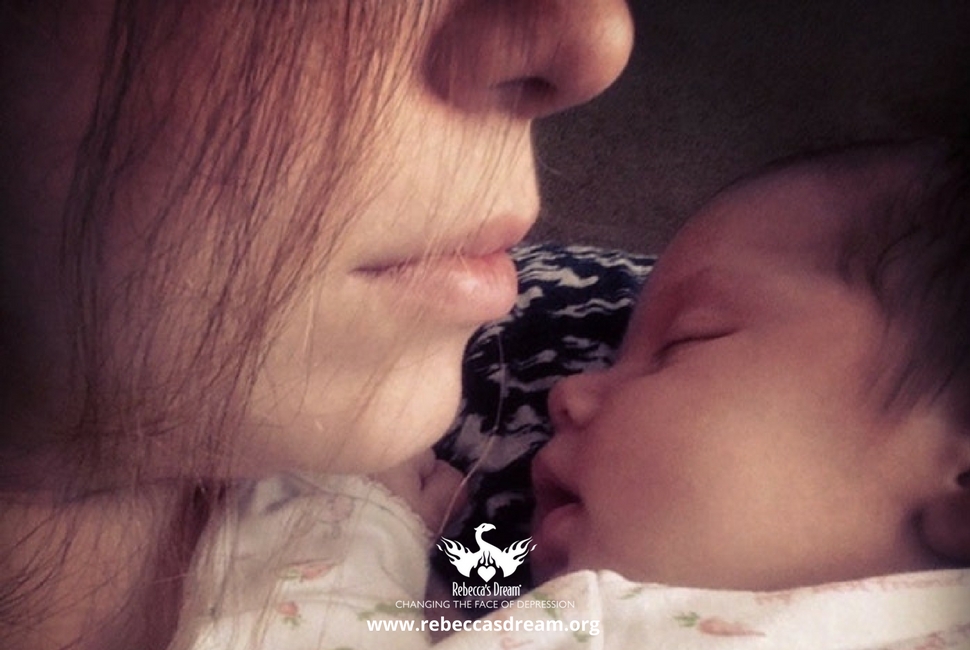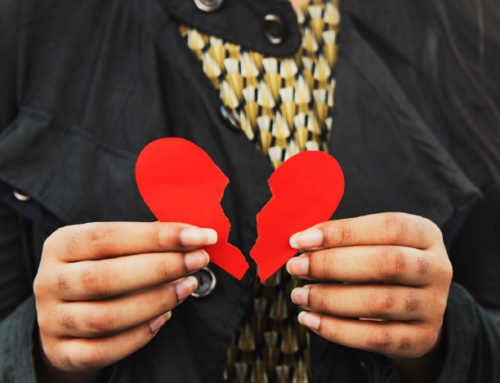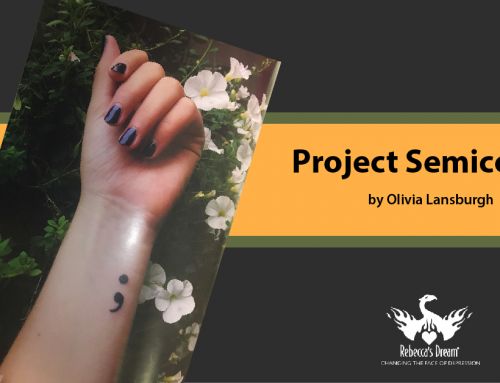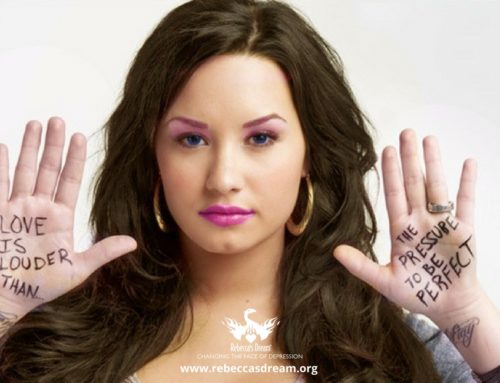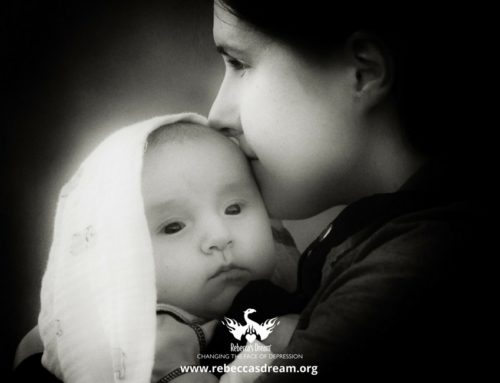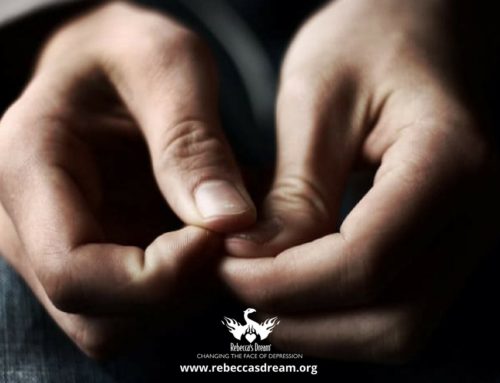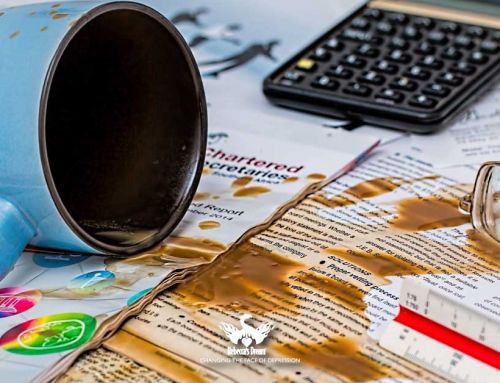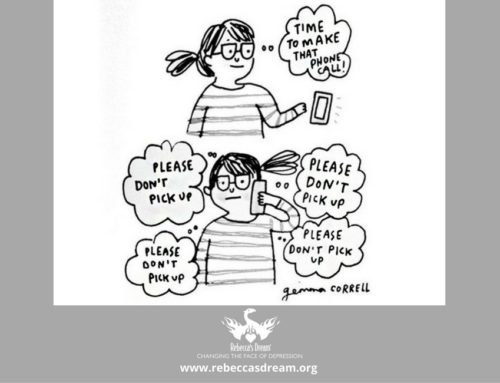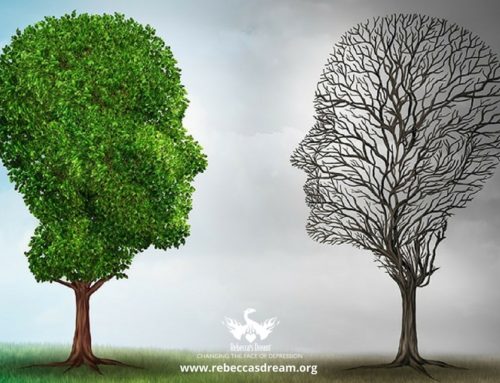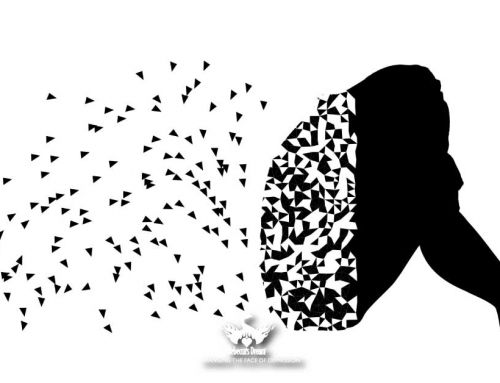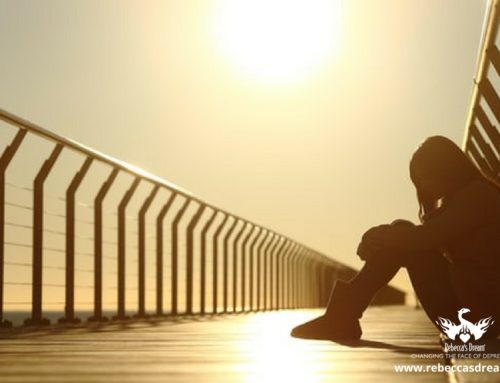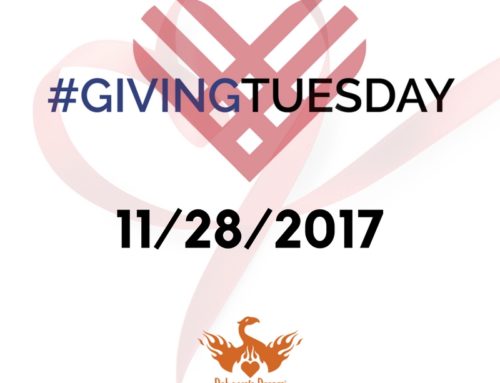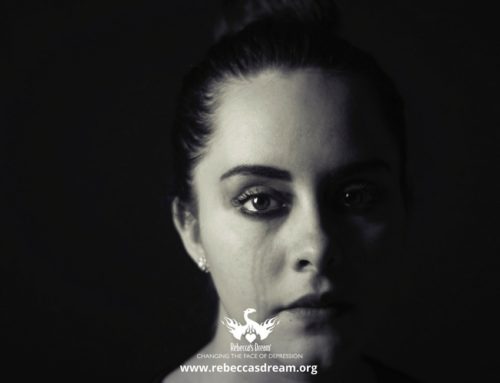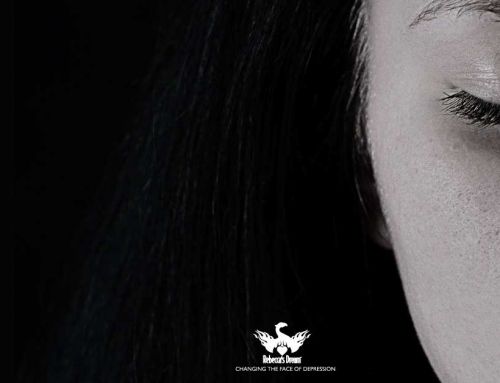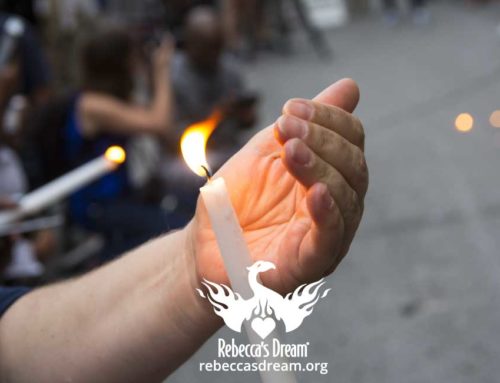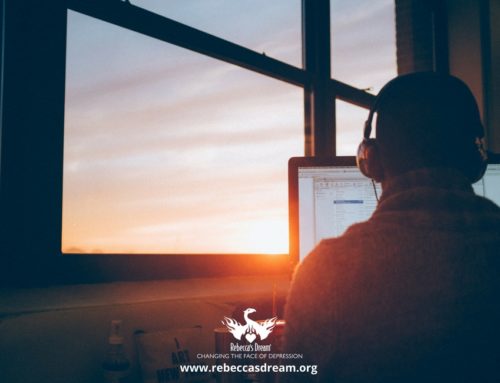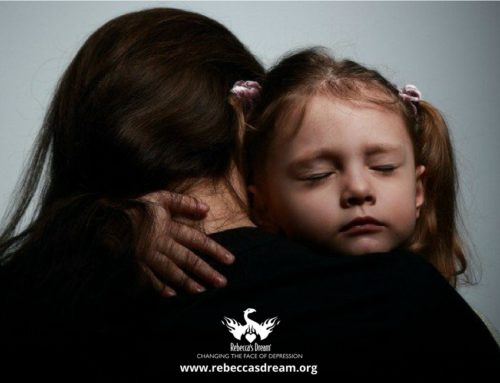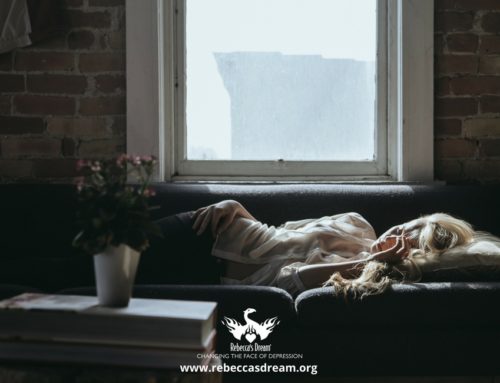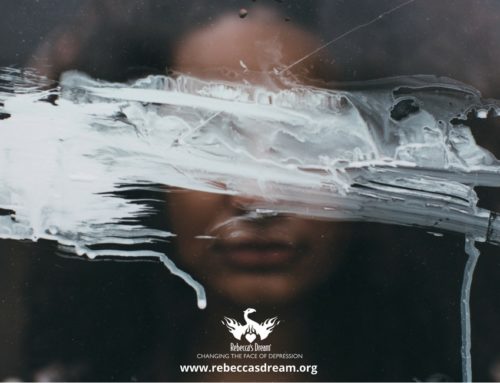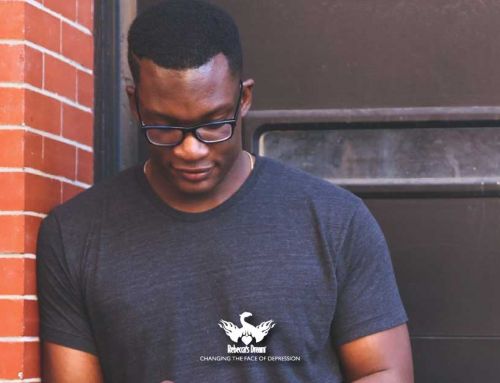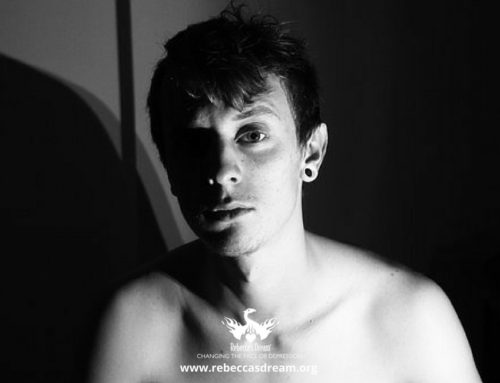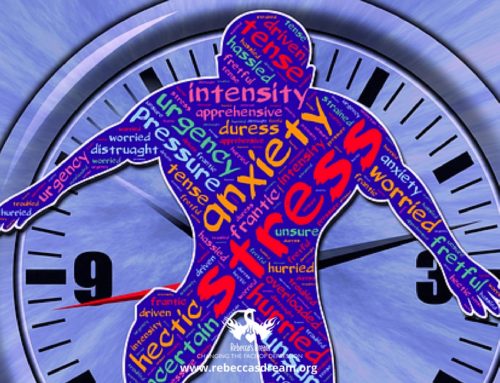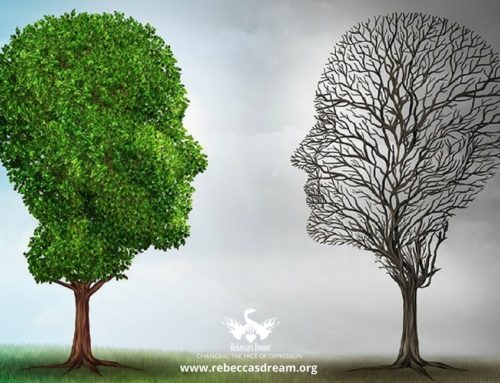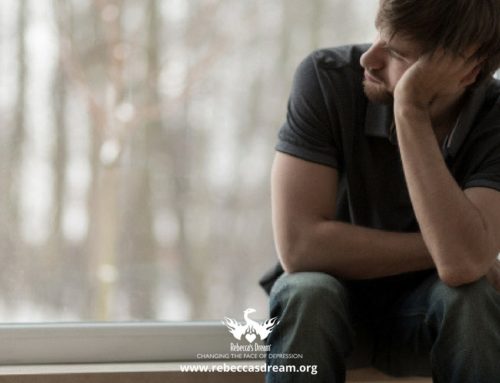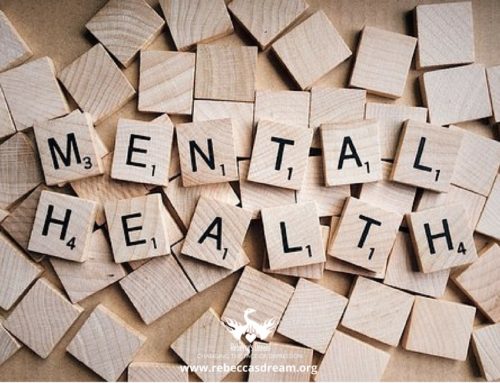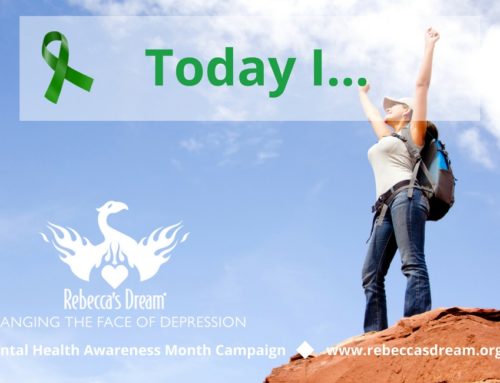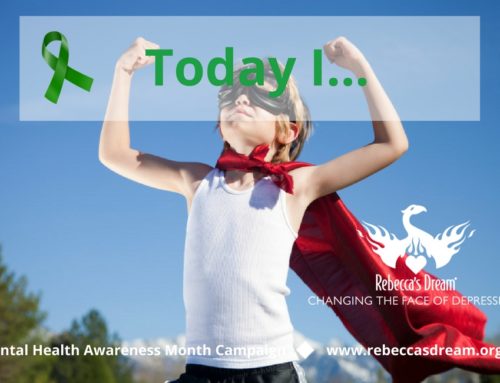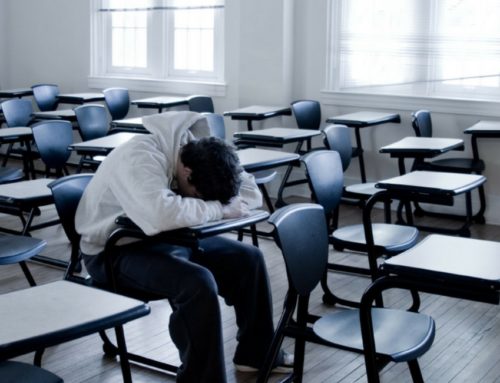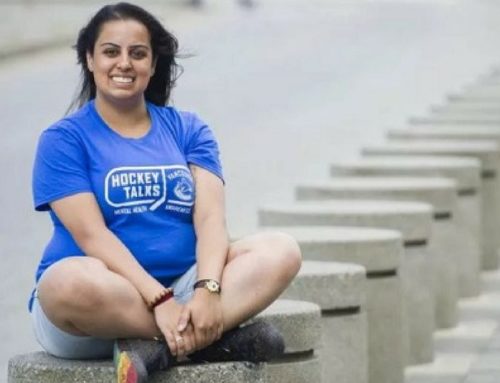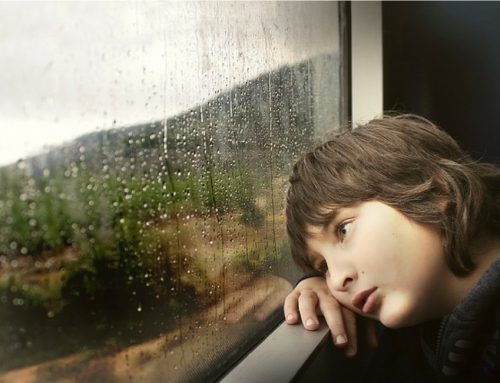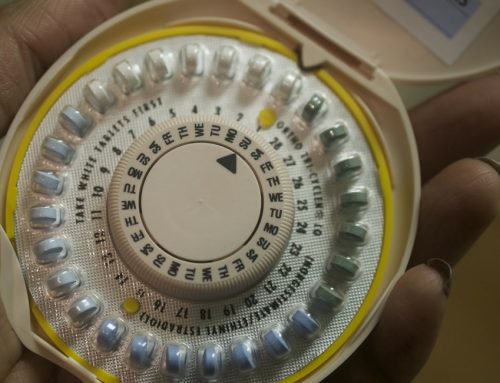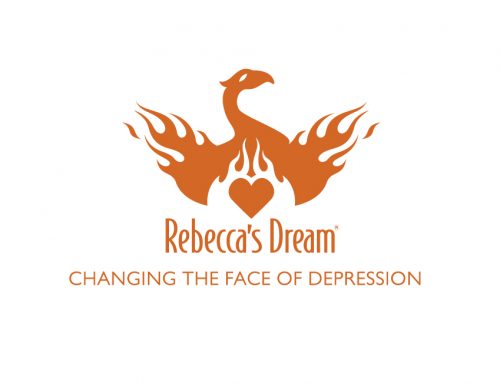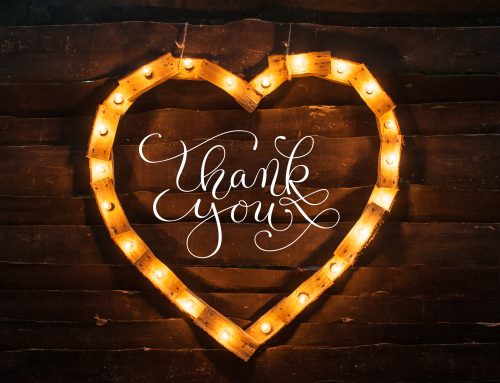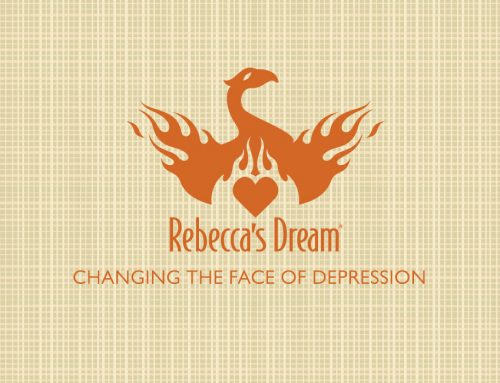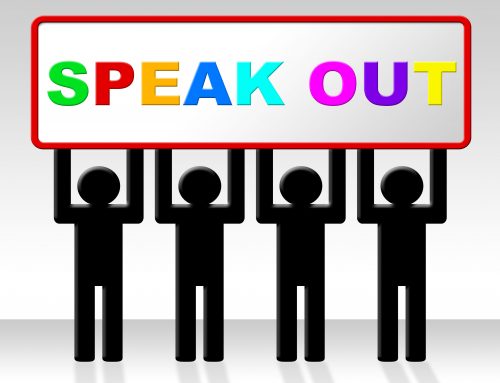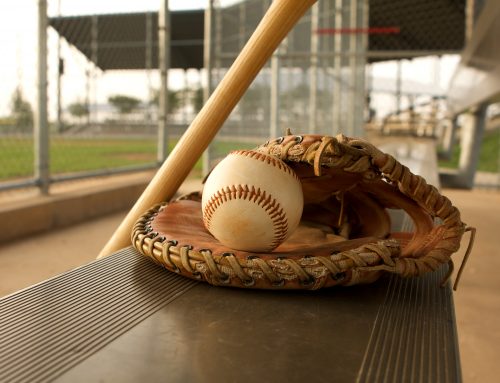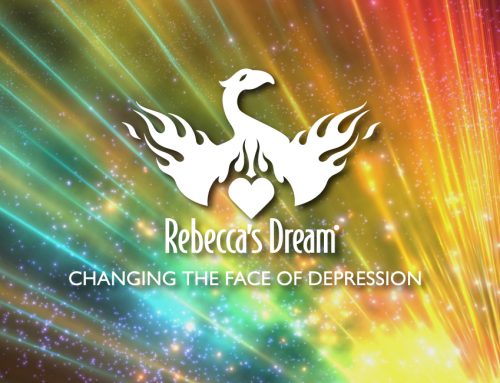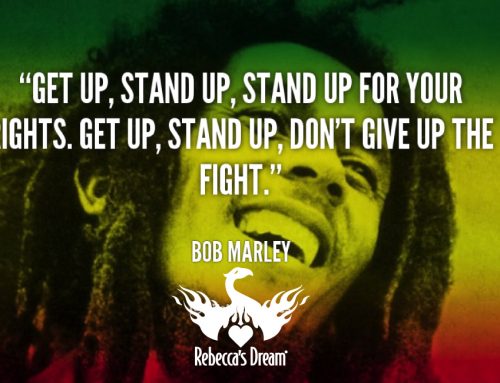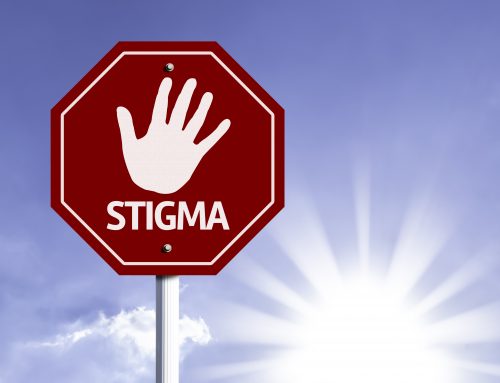Bipolar disorder affects over 5 million Americans, but actually living with it is a story in and of itself.
A few months after Danielle Hark had her first child, she fell into a deep depression.
Danielle is a professional photographer and writer. While everyone gets bad moods sometimes, this was different. It wasn’t just a bad day or even a bad week. For two years, it felt like a weighted blanket had fallen over her. She had to fight that weight every day. Even simple things like getting out of bed or walking the dog required extra effort.
Meanwhile, her brain was whispering that she was a burden to the people around her. She pushed people away — friends, family, even her husband — not out of disaffection, but out of a misguided desire to save them from having to deal with her.
Eventually Danielle went to a doctor to try to get help overcoming this depression. They had a different diagnosis though: bipolar disorder.
We all have things we have to carry, and mental illness wasn’t new to Danielle. She had been diagnosed with depression and anxiety in college. Still, bipolar disorder … that felt like too much to accept.
“I pushed against it at first,” said Danielle. She pictured bipolar people as violent or unstable. “I was like, no, that’s not me.”
But when Danielle looked closer, the diagnosis perfectly matched her symptoms.
For some of us, “bipolar” probably conjures up images of Two-Face, the half-scarred Batman villain, whose mood can change on a coin flip. But the disorder actually looks a lot more human. Imagine someone suffering from clinical depression, except, every so often, their brain decides to throw an extra wrench into the works.
That wrench is mania. Mania is like the weird, upside-down cousin of depression and it can cause someone to feel jumpy or energetic. Some people feel overly irritable or prone to risky behavior, while others might get a rush of creative ideas.
As it turns out, that actually fit with Danielle’s experience. Danielle said there were periods, especially when she was younger, that she’d find herself barely able to sleep. Instead, she’d pace around the house, feeling revved up and bombarded by ideas. During those times, she’d be compelled to take pictures, thousands of pictures — not stopping until the camera’s SD card ran out. To her doctor, that sounded exactly like a manic episode.
Bipolar disorder sucks, plain and simple. And Danielle isn’t alone in having to deal with it.
About 5.7 million Americans have some form of bipolar disorder, sometimes known as manic-depressive disorder.
It affects all races, classes, and genders in equal numbers, though there are actually a few different forms of the disorder. Some people get faster cycles, for example, or might get a milder version of mania called hypomania. Age-wise, it often appears in a person’s mid-twenties, but can strike at any point in a person’s life.
As for how and why it happens, medicine is starting to figure out both, but slowly.

Research suggests that bipolar might happen when there are changes in how a person’s brain processes chemical signals between cells or when there are subtle changes in the wiring between brain regions.
Genetics isn’t destiny … there still needs to be some event or stress in a person’s life to trigger the disorder.
As for why it happens? We do know it’s at least partly genetic. We’ve known for more than a hundred years that bipolar disorder can run in families. Today, more than 80 genes have been identified that might contribute to someone’s risk level.
This might seem like good news, scientifically, but for a mom like Danielle, it added a whole new layer of stress.
“Many people think that people with bipolar disorder shouldn’t have children,” said Danielle.
That said, genetics isn’t destiny. There have been cases of identical twins, for instance, where one had it but the other didn’t. Science suggests that some people who carry the genes may even have special changes in their brain’s wiring to help avert the illness.
Experts think that while genes are a major contributor, there still needs to be some event or stress in a person’s life to trigger the disorder.
Bipolar disorder is chronic, which means, unfortunately, most folks have to come to terms with it being part of their lives forever.
“The real struggle for me was accepting that I have bipolar disorder and accepting that that’s just a small piece of who I am,” said Danielle. It’s something she has to live with, but it doesn’t take away from her identity as a photographer, or a mom, or a wife.

She says that she sees now that the diagnoses aren’t meant to be labels, they’re meant to be treatment plans. And medications, like lithium and antidepressants, can help, as can doing things like pinpointing and avoiding triggers or stresses and avoiding drugs or alcohol. Certain therapies, like dialectical behavioral therapy, can work too.
Danielle says she’s actually found her photography work to be helpful as well. When she’s stuck chasing intrusive thoughts, looking through a camera lens helps her focus on what’s directly in front of her, breathe, and come back to the present moment.

Thanks to these techniques, Danielle’s learned how to not only weather both the manic and depressive episodes, but head them off before they begin.
This is a story about bipolar, but it’s also a story about humanity because we all have heavy things to carry.
Sometimes they’re external, but sometimes they’re internal too — like a brain that just decides to go a bit haywire. And the truth is, bipolar disorder is tough. It sucks. It’s a difficult hand that’s dealt to a lot of people who don’t deserve it.
I wish this is something we could cure right now, but we can’t — we can manage, but not cure. As research goes forward, though, we’re continually getting better at understanding where it comes from and how to deal with it.
But for now, for this moment, what can we do? We can respect each other’s loads.
We can try to practice a little empathy by listening to the stories of people like Danielle. We can help out where we’re able. And, hopefully, we can all find a way to carry our own things just a little more lightly.
Source: Upworthy
Photos: Danielle Hark


